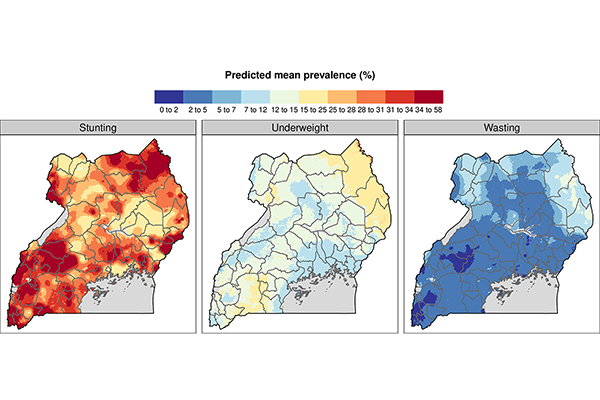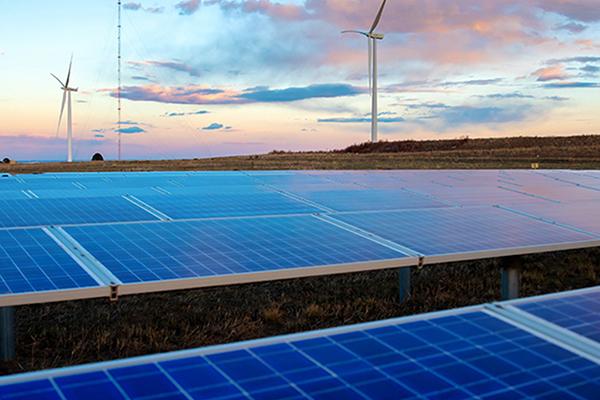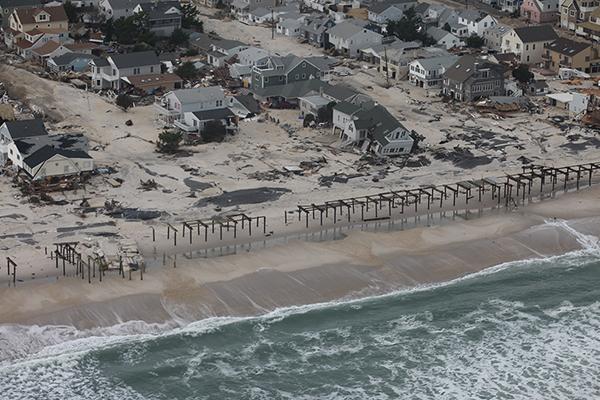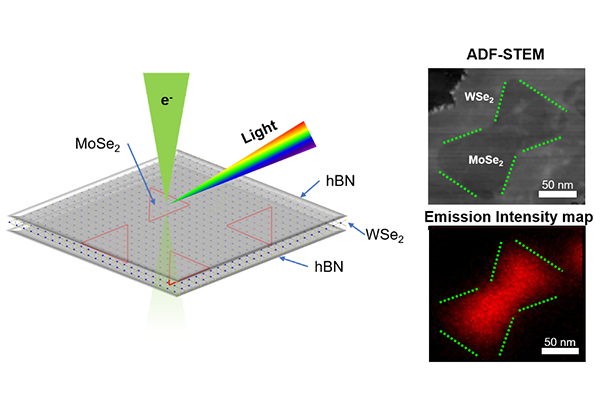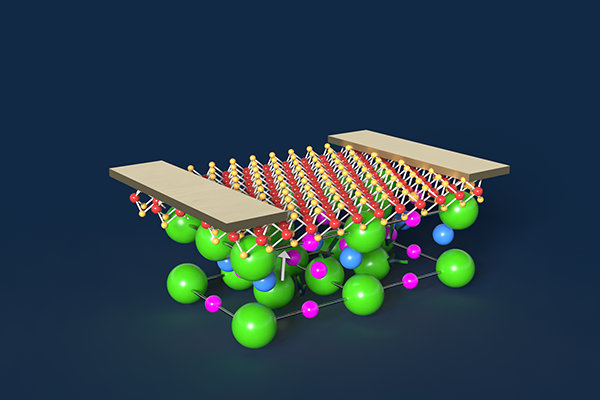Read the latest news about research conducted by investigators in the College of Earth and Mineral Sciences. Our faculty and students are continually advancing technology, creating solutions and expanding knowledge with new and innovative research.
News
The 2025 David Ford McFarland Award Lecture for Achievement in Metallurgy will be held at 3:05 p.m. on Thursday, April 10, in 101 Agricultural Sciences and Industries Building on Penn State's University Park campus. Rose Hernandez, science program director at the International Space Station National Laboratory, will deliver the lecture, “From Earth to Space: Advancing Materials Technologies and Embracing Life's Mission.”
Three Penn State graduate students, including Patrick Sarpong, doctoral candidate in energy and mineral engineering, received awards in the 2025 Three Minute Thesis competition.
Rainfall and long-term water availability in a region before a woman becomes pregnant and during pregnancy predicted future growth outcomes of children in Uganda, according to new research led by a team from the Penn State Health Milton S. Hershey Medical Center and the Penn State College of Medicine. Women living in an area that did not receive adequate rainfall or experienced drought were more likely to give birth to children who don’t grow at the expected rate for their age between birth and age five. Children who are under-nourished and behind in their growth are more susceptible to infections and may experience cognitive, physical and metabolic developmental impairments.
Three Penn State deans are co-hosting an event focusing on role of the University as Pennsylvania’s land-grant institution, the similar role of U.S. land-grant universities and the impacts of scholarly research they produce.
Moving from fossil fuels to renewable energy sources like wind and solar will require better ways to store energy for use when the sun is not shining or the wind is not blowing. A new study by researchers at Penn State found that taking advantage of natural geothermal heat in depleted oil and gas wells can improve the efficiency of one proposed energy storage solution: compressed-air energy storage (CAES).
Faced with more extreme weather events, communities may need to adapt to heightened risks from sea-level rise, flooding or wildfires. And while scientific research can help inform adaptations, the process requires an alignment of academic resources and real-world needs and partnerships that can be challenging for scientists to navigate.
Newly achieved precise control over light emitted from incredibly tiny sources, a few nanometers in size, embedded in two-dimensional (2D) materials could lead to remarkably high-resolution monitors and advances in ultra-fast quantum computing, according to an international team led by researchers at Penn State and Université Paris-Saclay.
Sofia Hoffman has dreams of a career that will take her around the world — and thanks to her time at Penn State, it’s off to a good start.
Scientists at Penn State have harnessed a unique property called incipient ferroelectricity to create a new type of computer memory that could revolutionize how electronic devices work, such as using much less energy and operating in extreme environments like outer space.
Mars may have once been home to sun-soaked, sandy beaches with gentle, lapping waves according to a new study published today (Feb. 24) in the Proceedings of the National Academy of Sciences (PNAS).





